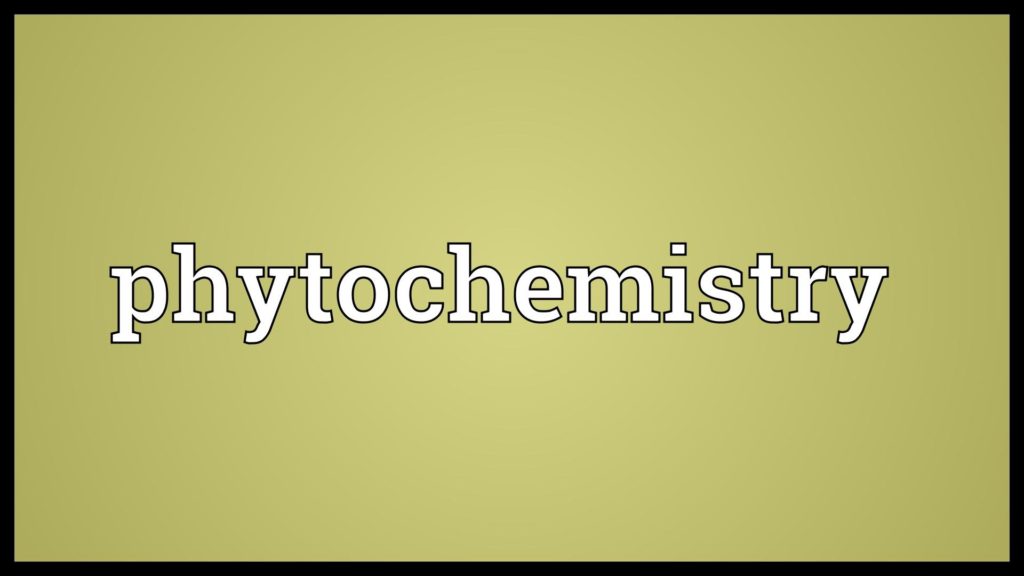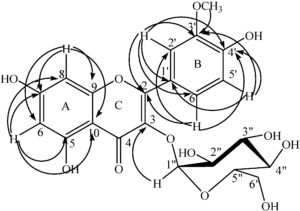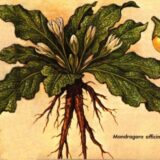How to Identify Psychoactive Plants

Identifying Plands with Psychoactive Properties
The phytochemicals, or biologically active compounds in a plant, in those plants which are revered as sacred or of ceremonial value are quite interesting. Although these plants may be used in a variety of ceremonial purposes and their effects that alter the experience of the user may be attributed to religious or spiritual cause, two facets of the scientific discipline, botany and chemistry, can provide more tangible reasons for the experiences. Through thousands of years of study and research, botanists and chemists alike from around the world have determined many of the constituent chemicals in plants responsible for hallucinations and euphoria. Even yet, there are many more to be discovered and yet to be understood. Even some of the constituents responsible for producing the effects used in religious and sacred practices are not fully understood. While there are sometimes (and very usually), many chemicals in a plant which can contribute to or produce psychoactive effects…generally there is one constituent which is far more active than the rest. Throughout chemistry and botany history, this “most active” constituent in a plant, is sometimes referred to as the quinta essentia (first coined by Paracelsus). This term has been adapted in modern times as quintessence. Still it is important to understand that while more than one compounds may be responsible for a plant’s psychoactive effects, there are still generally many hundreds of other substances making up the complete chemical composition of the plant (which are not psychoactive in effect). Generally only less than 1 percent of a plant’s chemical composition contains any psychoactive compounds. All plants also generally contain a large portion of cellulose, water, carbohydrates, proteins, fats, salts and pigments. Those plants that contain psychoactive properties are more rare and it is interesting to note that the responsible substances have notably different chemical structures when compared to other substances in normal vegetal constituents.
Psychoactive substances may have a significant effect and purpose in the existence and functioning of the plant, however, the purpose of most psychoactive substances has yet to be determined. A lot of the psychoactive principles include nitrogen, thus theories hypothesize that the psychoactive substances may actually be part of a plant’s waste cycle (as compared to uric acid in animal organisms, e.g. human urine). However, other theorists suggest this could not possibly be true since not all plants include constituents containing nitrogen. Another theory suggests that because most psychoactive compounds are toxic, they were produced by the plant for defensive purposes. However, the plants are still consumed by many animals and humans, all of which generally seem impervious to the toxic constituents in normal quantities, thus debunking this theory as well. It thus remains one of nature’s mysteries: why are psychoactive constituents produced in plants which have hallucinogenic or psychoactive effects on the human mind and state of consciousness?
 Scientists (specifically phytochemists) are working to solve this exact mystery. The process generally includes isolating the compound responsible for the psychoactive effects and learning how to synthesize it in a test tube. When dealing with the entire plant as a whole, scientists have trouble understanding how the psychoactive compounds are interacting with the mind and body, and as well as learning other important characteristics. However, when the compound is pure and separately produced, free of the plant, it is easier to test and ultimately develop into something more useful. In fact, this process is used to create medicines that are used to this very day in hospitals all around the world. Morphine, for example, was the first psychoactive principle to be synthesized from a plant in pure form. Morphine comes from a psychoactive constituent found in the opium poppy plant. Friedrich Serturner is responsible for isolating and synthesizing Morphine, named after the Greek god of sleep. In 1806, Serturner isolated the psychoactive constituent in the Poppy Papaver somniferum, which emerged as a white-to-become-brown resin…pure raw opium. Opium is technically classified as a euphoric drug and induces sleep.
Scientists (specifically phytochemists) are working to solve this exact mystery. The process generally includes isolating the compound responsible for the psychoactive effects and learning how to synthesize it in a test tube. When dealing with the entire plant as a whole, scientists have trouble understanding how the psychoactive compounds are interacting with the mind and body, and as well as learning other important characteristics. However, when the compound is pure and separately produced, free of the plant, it is easier to test and ultimately develop into something more useful. In fact, this process is used to create medicines that are used to this very day in hospitals all around the world. Morphine, for example, was the first psychoactive principle to be synthesized from a plant in pure form. Morphine comes from a psychoactive constituent found in the opium poppy plant. Friedrich Serturner is responsible for isolating and synthesizing Morphine, named after the Greek god of sleep. In 1806, Serturner isolated the psychoactive constituent in the Poppy Papaver somniferum, which emerged as a white-to-become-brown resin…pure raw opium. Opium is technically classified as a euphoric drug and induces sleep.
Admittedly the most profound strides in the separation and purification of active principles have only more recently begun. One of the more recent technological advances being chromatography. Chromatography means to pass a mixture through another medium by which causes the components to move at different rates, allowing for separation to occur. Chromatography can be done with another solution or suspension, or as a vapor (specifically known as gas chromatography). Qualitative analysis and methods used to establish chemical structure have likewise come a long way. Modern techniques involve spectroanalysis and x-ray analysis and improved methods of chemical synthesis…all of which take as little as days to complete.
In modern times, Albert Hofmann tested a variety of mushrooms used in Indian culture and found one of the mushrooms used for ceremonial purposes to contain psychoactive constituents. Hofmann determined the psychoactive compounds to be psilocybine and psilocine, two well known hallucinogens which are illegal, scheduled substances today. Furthermore, however, Hofmann found a way to grow the mushrooms in a lab, isolate the two active compounds and crystallize them (showing their purity and homogeneity in form). In fact, tests are now available which test mushrooms for the presence of psilocybine and psilocine to distinguish hallucinogenic mushrooms from normal mushrooms. It is interesting to note that the chemical structure of the hallucinogenic compounds in mushrooms is very similar to that of serotonin and other chemicals naturally occurring in the human brain, and responsible for regulating psychic functions. Another fine example of isolating a psychoactive principle highlighted the cactus Lophophora williamsii for its compound mescaline. Mescaline is easily isolated and crystallized as a salt using hydrochloric acid (and is now well known to be an illegal, scheduled substance).
Still, the list of psychoactive principles available for isolation in plants around the world is astounding and truly most of them have probably yet to be discovered. More research chemicals, for instance, are identified, isolated and lab-synthesized each year, some stronger than others, and of varying offerings of psychoactive effects. Experimentation will continue for as long as man remains curious.




